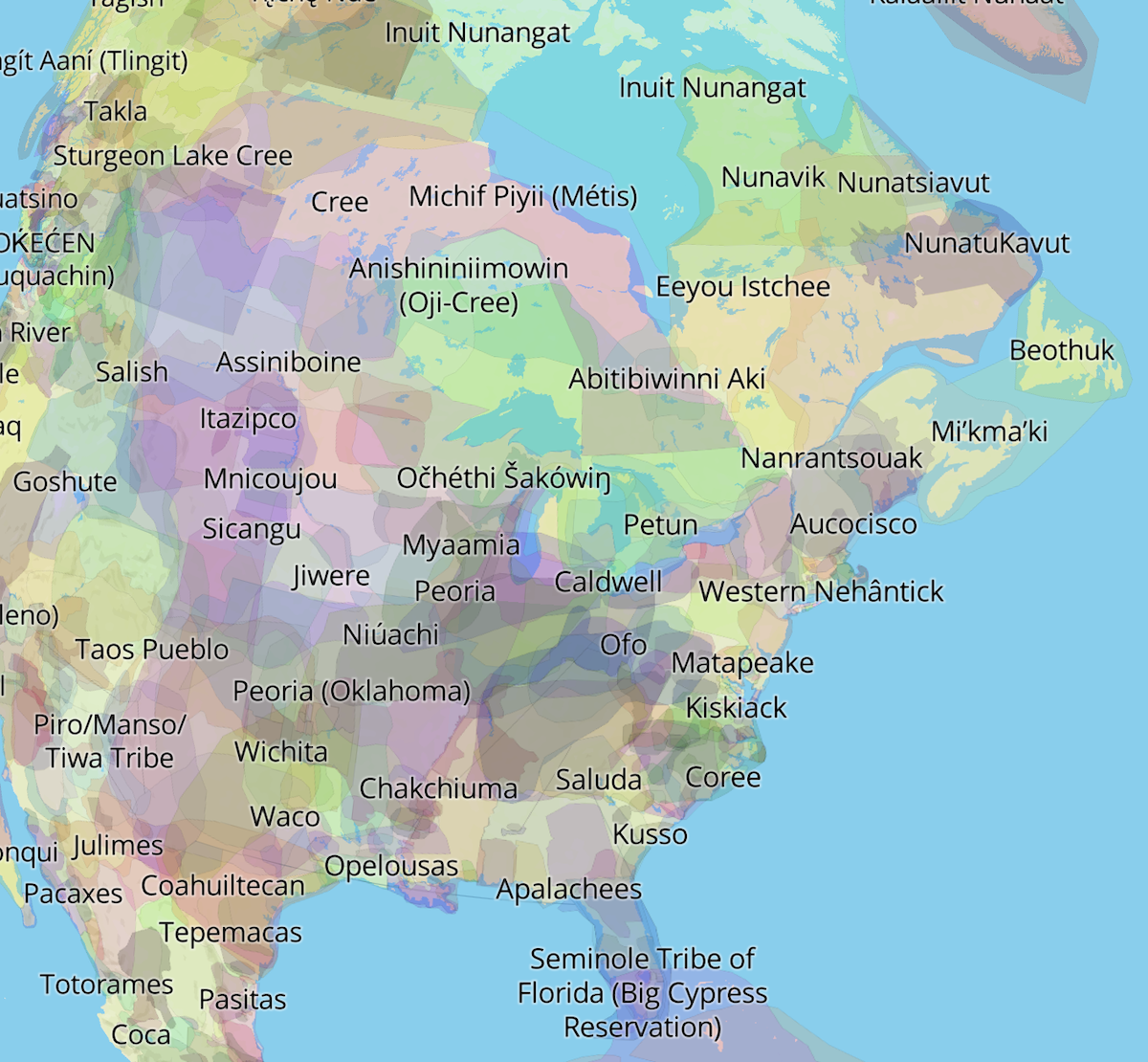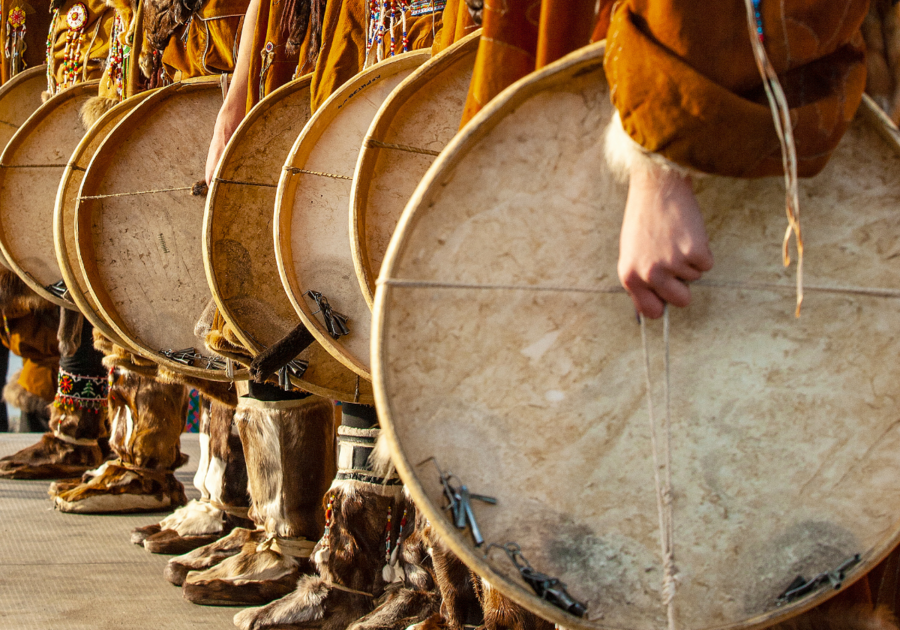Paying tribute to the original peoples of the land you now call home is called land acknowledgment. But how do you find out what Indigenous Peoples called your region home? My 10-year-old son and I started with Native-Land.ca, an indigenous-led tool that maps out indigenous territories, treaties, and languages throughout the world.
We learned that where we live in Colorado was originally the land of the Núu-agha-tʉvʉ-pʉ̱ (Ute) tribe.
 Screenshot from Native-Land.ca Screenshot from Native-Land.ca |
Learning about the heritage, culture, and experience of Native Americans was one of my very favorite memories from elementary school, and I want to make sure that my kids have the same kind of opportunity to learn about the significant contributions that the first Americans made to the establishment and growth of the United States, and more specifically, where we live in Colorado.
But how do we respectfully teach our children about America's Indigenous Peoples? Gone are the days when we celebrate and learn about Native Americans by donning a paper feather headdress, after all.
October 9 is Indigenous Peoples Day, and November is Native American Month, and I was determined to figure out how to best educate my children about Native Americans, so I researched the subject. Here's what I learned:
What's the difference between cultural appreciation and cultural appropriation?
The first step in honoring and respecting other cultures is to understand the difference between cultural appreciation and cultural appropriation. It matters because crossing that fine line can perpetuate stereotypes and divide communities.
Cultural appreciation is when you genuinely seek to explore and understand another culture by listening and learning. You are the student and you want to honor the culture and its people, beliefs, and traditions.
Cultural appropriation is when you take a piece of a culture that is not your own and use it for your own personal interest. Examples of this could be wearing a piece of jewelry or clothing as a fashion statement that may have important cultural significance, taking a photo of a ritual ceremony to get likes on social media, using the word "tribe" to describe your group of friends because it is trendy to do so, or wearing a Halloween costume representing a culture you are not part of.
I want to teach my kids about Native American culture and heritage. Where do I start?
Along with doing research on Native-Land.ca, you can check with local museums and institutions to see if there are any events scheduled this month to celebrate local Native Americans and their heritage.
One event in Denver takes place at the Newman Center for the Performing Arts on October 10.
Cheyenne and Arapaho musicians will visit Lamont and share a performance for Indigenous Peoples Day 2023. There will be a drum performance of Chief White Antelope’s song, a traditional Cheyenne Kitfox Society song that he sang as militia descended on the Cheyenne and Arapaho encampment at Sand Creek. The singers will also discuss the historical context & other important Cheyenne music traditions.
How do I teach young children about Native Americans without the crafts of yesteryear?
Most experts agree that focusing on how Native Americans lived in the past is confusing to young children because they can't distinguish between history and the present. This approach also tends to lump all of the Indigenous Peoples tribes together into a single Native American culture.
Instead, try these 8 ideas:
- Expose your children to Native American children in stories and videos who are not so different from themselves. Here is a list of 20 children's books about First Nations and American Indians by authors who share that same identity.
- Introduce them to Native American adults who work in your community.
- Seek out art, stories, curriculum, and music that are created by Native Americans. YouTube is an amazing resource.
- Avoid crafts that incorporate sacred objects such as feathers and peace pipes. Want an alternative? Share the story of Sleeping Ute Mountain then use different mediums to recreate it.
- Help your child understand there are hundreds of Native American nations, each with their own language and cultural traditions. A great resource is the Celebrating Indigenous Languages project, where children can listen to greetings recorded by 50 different indigenous speakers, while looking at a picture of the speaker.
- Check out the Molly of Denali podcasts with your kids. Molly is an Alaska Native girl growing up with her parents, family, and friends.
- Plan a visit to your local Native American museum or landmarks.
- Most importantly, educate yourself so that you can sprinkle your knowledge about the original inhabitants of the land where you live into conversations with your young children.
Christen Reiner is the publisher of Macaroni KID Lakewood-Littleton and Macaroni KID Downtown Denver in Colorado.



